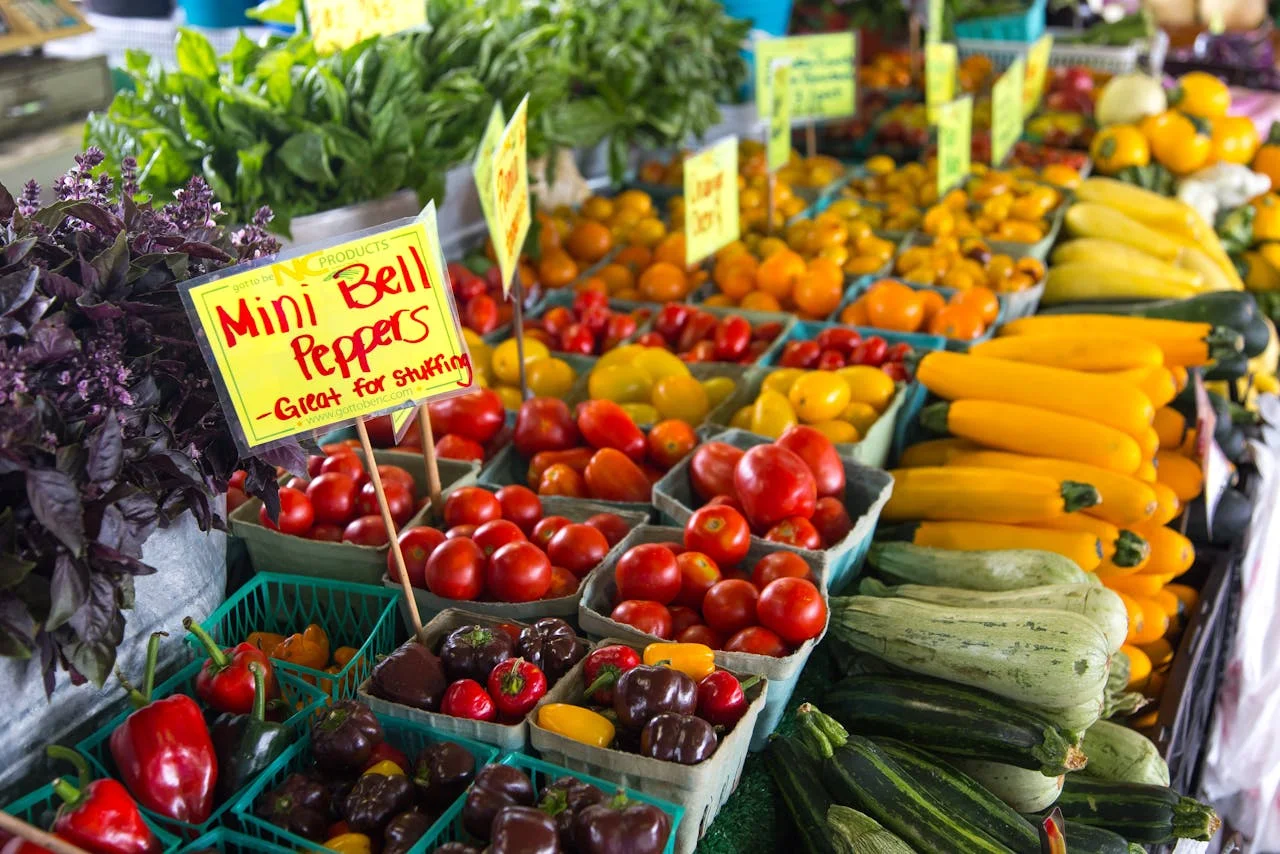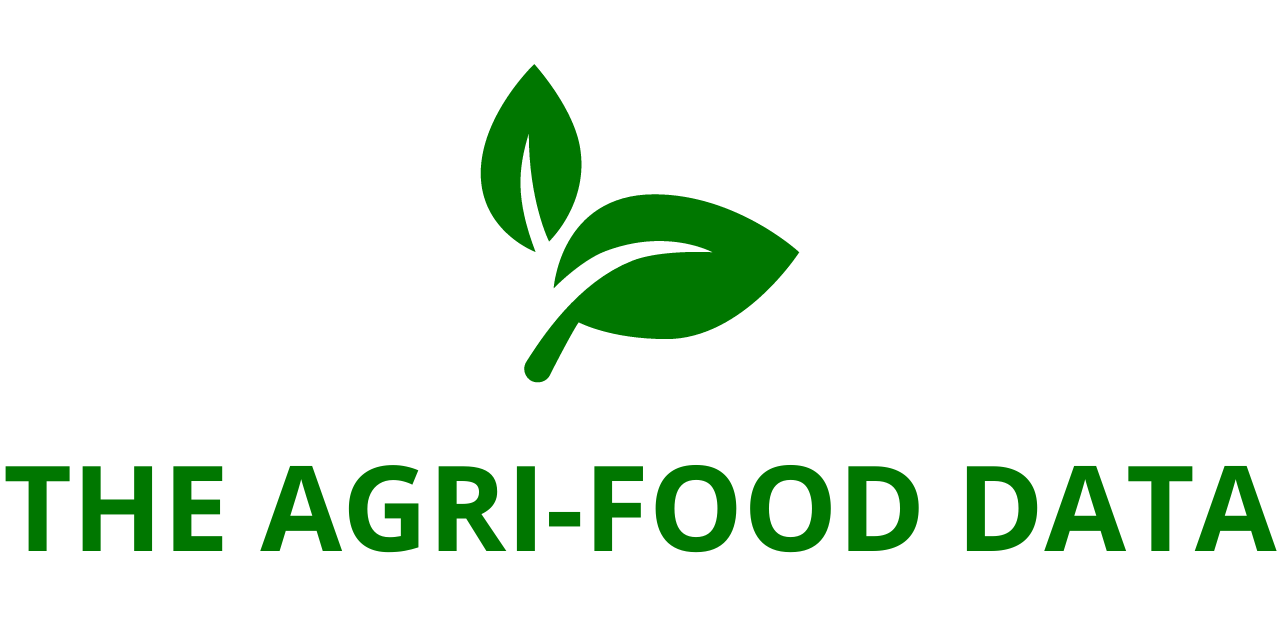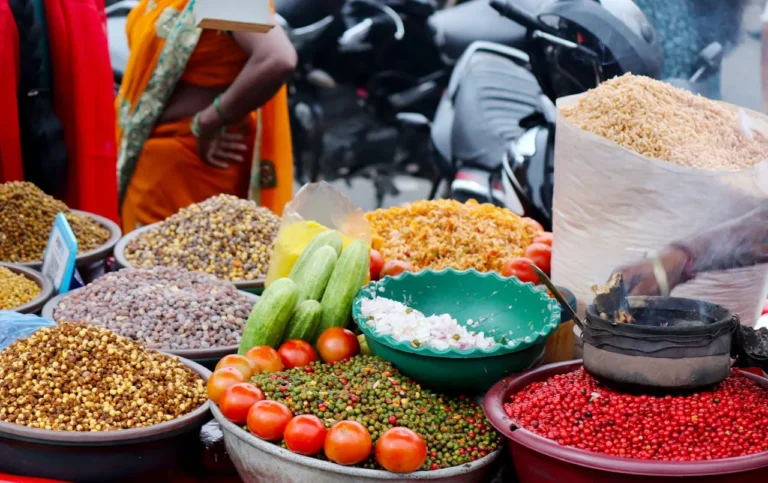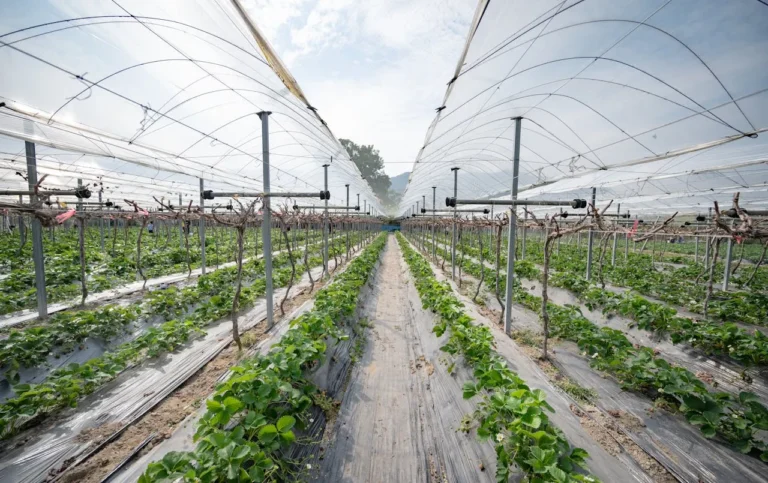
The European IoT (Internet of Things) in agriculture market was valued at $5.15 billion in 2023 and is projected to reach $17.85 billion by 2033. This growth reflects a broader trend of increasing technological adoption in farming, as farmers and agribusinesses harness real-time data to optimize operations, reduce costs, and improve sustainability.
The integration of IoT technologies in agriculture provides farmers with access to a wealth of real-time data through sensors that track critical variables such as weather conditions, soil moisture, and crop health. This data is used in precision farming techniques, which are designed to maximize agricultural efficiency. With IoT solutions, farmers can precisely control the application of water, fertilizers, and pesticides, minimizing waste and environmental impact. As a result, not only do these practices lead to cost savings, but they also help to enhance crop yields and quality.
Furthermore, IoT technology addresses one of the most pressing challenges in modern agriculture—labor shortages. By automating various farming processes, from planting to harvesting, IoT allows for higher productivity and efficiency. Automation reduces the reliance on human labor, which is increasingly scarce, while enabling farmers to focus on strategic decision-making.
The impact of IoT goes beyond increasing operational efficiency—it also plays a key role in boosting food security. By enabling smarter, more adaptive farming practices, IoT helps agricultural systems respond more effectively to the challenges posed by climate change, which is a growing concern worldwide. The technology makes it easier for farmers to adapt to unpredictable weather patterns and fluctuations in crop production, ensuring a more stable and reliable food supply. Additionally, IoT helps meet the increasing global demand for food by promoting scalable and sustainable farming systems.
Market Overview
The agricultural IoT market in Europe is experiencing rapid growth due to the increasing adoption of technology by farmers and agribusinesses. These technologies leverage networked sensors and devices that collect and process data in real-time, enabling farmers to make more informed decisions. As agriculture is central to both food security and economic stability in Europe, IoT is becoming an essential tool for improving farming practices across the continent.
With the rise of precision farming, IoT allows for a level of monitoring and control that was previously unattainable. Farmers can track weather patterns, monitor soil conditions, and assess crop health, allowing them to optimize inputs like water, fertilizer, and pesticides. By doing so, they can reduce waste, increase yields, and minimize environmental impact. These benefits are particularly important as Europe grapples with climate change and the push for more sustainable farming practices.
The European Union has played a significant role in accelerating the adoption of IoT in agriculture, offering support through various programs aimed at promoting sustainable farming and climate change adaptation. These initiatives are designed to address key issues such as resource management and labor shortages, both of which are becoming increasingly important in the agricultural sector.
The demand for locally sourced, sustainable food is also contributing to the growth of the IoT in agriculture market in Europe. As consumers become more conscious of environmental and ethical concerns, farmers are turning to technology to meet these demands while improving productivity and efficiency. IoT is positioning itself as a key enabler of the future of farming in Europe, helping to develop more resilient agricultural systems that can respond to both market demands and environmental challenges.
How Can This Report Add Value to an Organization?
- Product/Innovation Strategy: The report provides a comprehensive overview of the various IoT components used in agriculture, including hardware and software. It also examines how these components are applied across different agricultural sectors such as precision crop farming, livestock monitoring, indoor farming, and aquaculture. This analysis can help organizations understand the full potential of IoT technologies and how they can be integrated into their operations.
- Growth/Marketing Strategy: The report highlights the significant developments in the Europe IoT in agriculture market, driven by major players expanding their operations, forming partnerships, and entering joint ventures. By focusing on these strategies, companies can gain insights into the most effective ways to strengthen their market position, whether through collaboration or strategic investments.
- Competitive Strategy: The study provides a detailed competitive analysis of the key players in the European IoT in agriculture market, offering insights into their market share, strengths, and strategies. By understanding how competitors stack up against each other, organizations can identify market trends, assess their own positioning, and uncover untapped revenue opportunities. Furthermore, the report explores key competitive strategies such as partnerships, agreements, and collaborations, providing valuable guidance on how businesses can navigate the evolving landscape.
In summary, the integration of IoT in agriculture is reshaping farming practices in Europe by increasing productivity, reducing environmental impact, and addressing global food security challenges. The market is set for significant growth, driven by technological advancements, EU support, and increasing consumer demand for sustainable food. This report offers valuable insights for businesses looking to capitalize on these trends and strengthen their position in the rapidly evolving IoT agricultural landscape.





